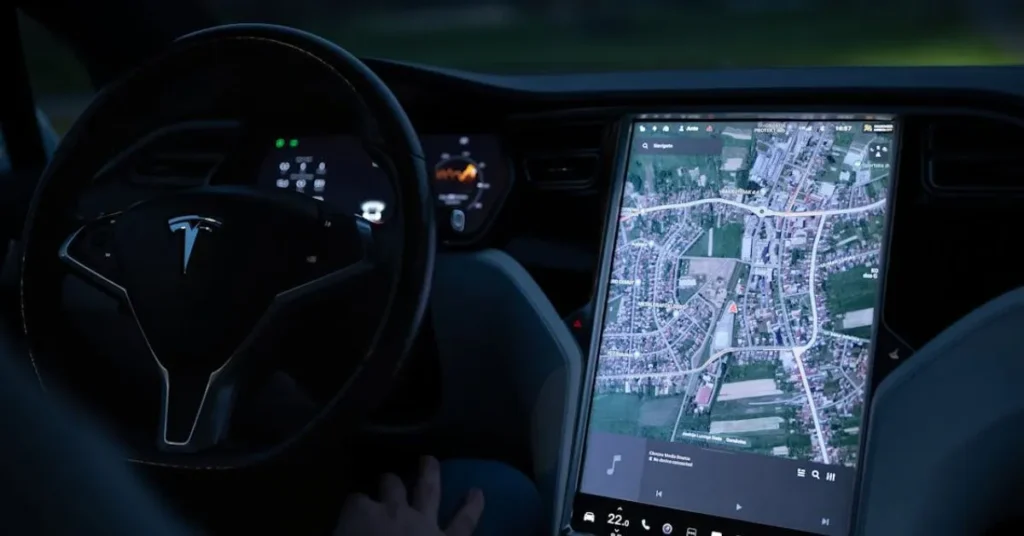As electric vehicles (EVs) continue to revolutionize the transportation industry, the demand for efficient and accessible charging solutions accelerates in parallel. The future of electric vehicle charging is being shaped by groundbreaking technologies that promise to enhance convenience, reduce charging times, and promote sustainable energy use. In this blog, we will explore the latest innovations in EV charging, from ultra-fast chargers to wireless charging systems, and examine how these advancements are poised to transform the landscape for EV owners and the broader ecosystem.
Ultra-Fast Charging Stations
The creation of ultra-fast charging stations is one of the biggest developments in electric car charging technology. These state-of-the-art chargers are designed to drastically reduce the time it takes to recharge EV batteries, making EVs more convenient for daily use and long-distance travel.
Ultra-fast chargers, also known as high-power chargers, can deliver power outputs of up to 350 kW, enabling some modern EVs to gain a substantial amount of range in a matter of minutes. A level 2 EV charger typically delivers a maximum of 11 kW, making ultra-fast chargers approximately 30 times faster. This technology is already being rolled out in some countries, with plans for widespread adoption and development shortly.
Wireless EV Charging
Another promising innovation in the realm of electric vehicle charging is wireless EV charging. This technology aims to eliminate the need for physical cables and connectors, offering a seamless and user-friendly charging experience. Wireless charging systems utilize electromagnetic fields to transfer energy between a charging pad on the ground and a receiver installed in the vehicle. The system automatically initiates the charging process when an electric vehicle is parked over the charging pad. This approach enhances convenience and reduces wear and tear on charging ports and cables.
Wireless EV charging is still in its developmental stages, but several pilot projects and collaborations between automakers and technology companies are underway. The goal is to create a standardized wireless charging infrastructure that can be integrated into homes, public parking spaces, and even roadways. As the technology matures, it has the potential to revolutionize how electric vehicles are charged, making it as simple as parking and walking away. This ease of use could further accelerate the adoption of electric vehicles by minimizing the barriers associated with traditional charging methods.
Smart Charging Infrastructure
As the electric vehicle ecosystem continues to evolve, the development of smart charging infrastructure is becoming increasingly essential. Smart charging refers to the integration of advanced digital technologies to optimize the charging process, manage energy demand, and enhance the overall user experience. One key component of smart charging infrastructure is the use of smart chargers, which can communicate with the grid and other devices to dynamically adjust charging rates based on real-time conditions.
Smart charging systems offer several advantages. For instance, they can help balance the load on the electric grid by shifting charging times to periods of lower demand, thereby preventing grid overloads and reducing the need for expensive grid upgrades. They can also incorporate renewable energy sources, such as solar and wind power, into the charging process, promoting sustainable energy use. Additionally, smart chargers can provide real-time data to EV owners, enabling them to monitor their energy consumption, charging costs, and battery health through intuitive mobile apps.

Vehicle-to-Grid (V2G) Technology
Vehicle-to-grid (V2G) technology represents a significant advancement in the integration of electric vehicles with the power grid. V2G allows EVs to not only draw power from the grid to recharge their batteries but also send power back to the grid when needed. This bidirectional flow of electricity transforms EVs into mobile energy storage units that can support grid stability, especially during peak demand periods or in emergencies.
The implementation of V2G technology offers numerous benefits. For instance, it can help balance supply and demand on the electrical grid, reducing the need for additional power plants and infrastructure. EV owners can also participate in energy markets, potentially earning money by selling excess power back to the grid. Moreover, V2G can improve the overall efficiency of renewable energy usage by storing surplus energy generated from solar panels or wind turbines during off-peak times and releasing it during peak demand.
Several pilot programs and projects are already exploring the potential of V2G technology. Automakers, utility companies, and technology firms are collaborating to develop standardized protocols and systems that ensure interoperability and reliability. As this technology matures, it holds the promise of making the power grid more resilient and sustainable, while also providing additional value to EV owners.
The future of electric vehicle charging is being shaped by emerging technologies that offer faster, more convenient, and sustainable solutions. Ultra-fast charging stations, wireless charging systems, smart charging infrastructure, and V2G technology are all poised to revolutionize the way we charge our EVs and interact with the power grid. As these innovations continue to develop and become more accessible, they will further accelerate the adoption of electric vehicles as a viable transportation option for everyday use. The future is bright for electric vehicle owners as we move towards a cleaner, greener, and more efficient future powered by advanced EV charging technologies.

